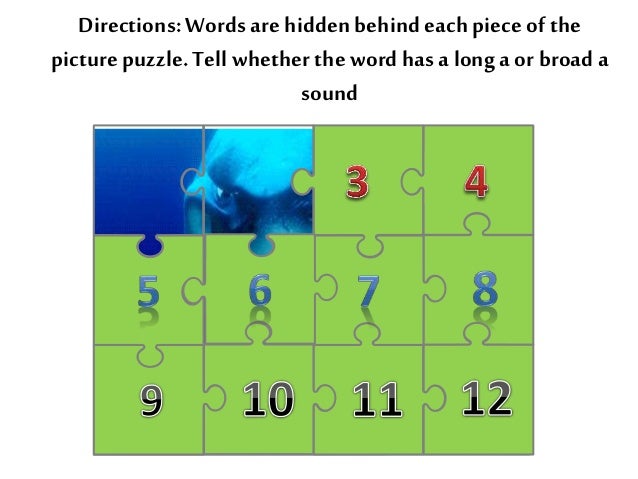

This fundamental difference between English and Indian languages makes English learning challenging for Indian learners.

The English language deviates significantly from an ideal phonemic orthography. The languages where the letters and the sounds have a one-to-one relationship are said to possess ideal phonemic orthography. The letter names and letter sounds are the same, and usually, one letter makes one sound. In most Indian languages, these two peculiarities are absent. Two – the same letter can make multiple sounds. One – the letter name may or may not be the same as the sound made by the letter. In the English language, there are two peculiarities in the letter-sound relationship. A sound is a distinct vocal expression – also known as phoneme. What does this mean? A letter is a written representation – also known as grapheme. It is only after my involvement in learning and teaching English through Phonics at NumberNagar ®, I realised the difference. For a long time, I did not realise that the song used the letter names and not necessarily the letter sounds. My earliest memory of learning the English alphabet for the first time is the song – a b c d, e f g… h i j k, l m n o p… l m n o p q, r s t… u v w, x y z.


 0 kommentar(er)
0 kommentar(er)
